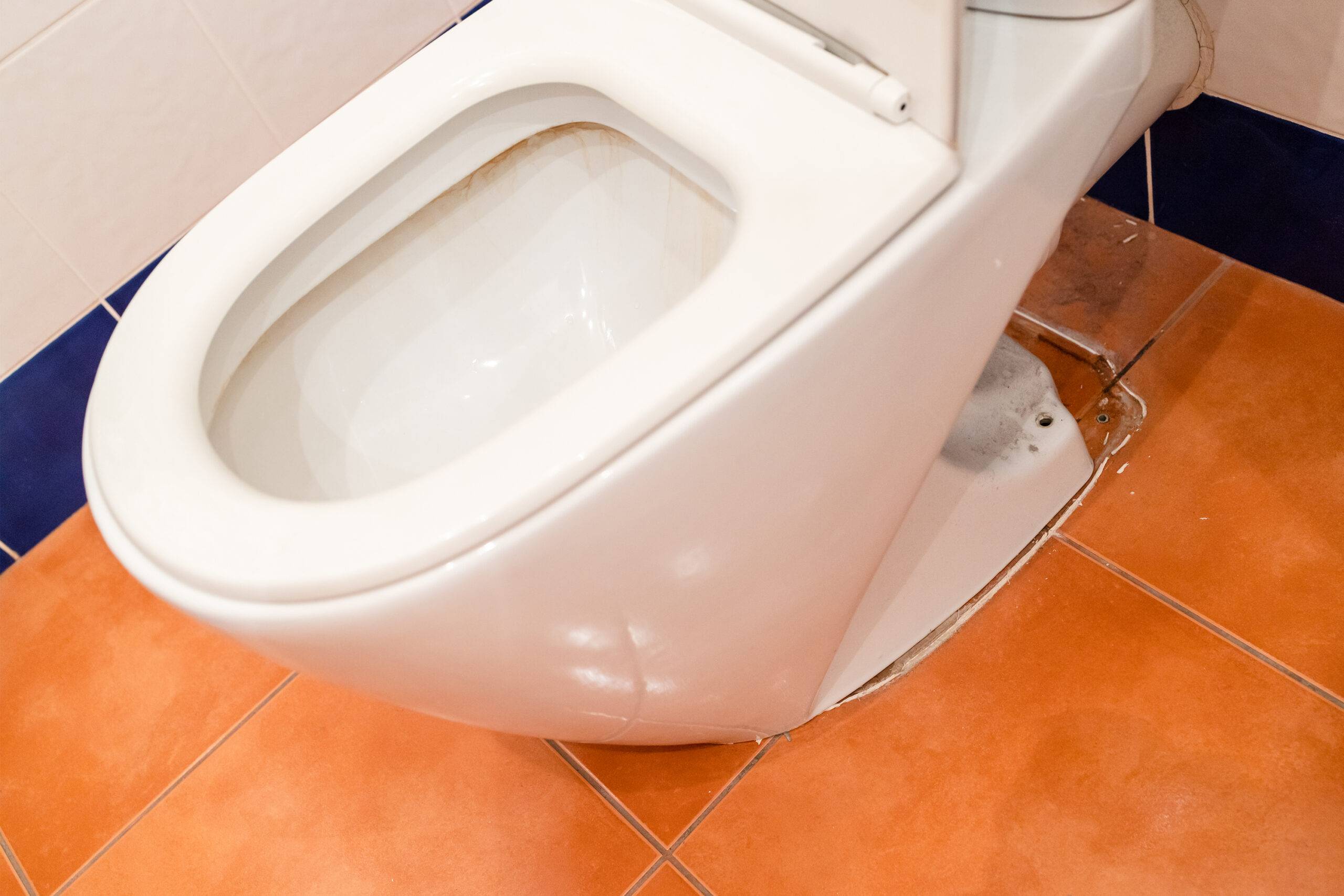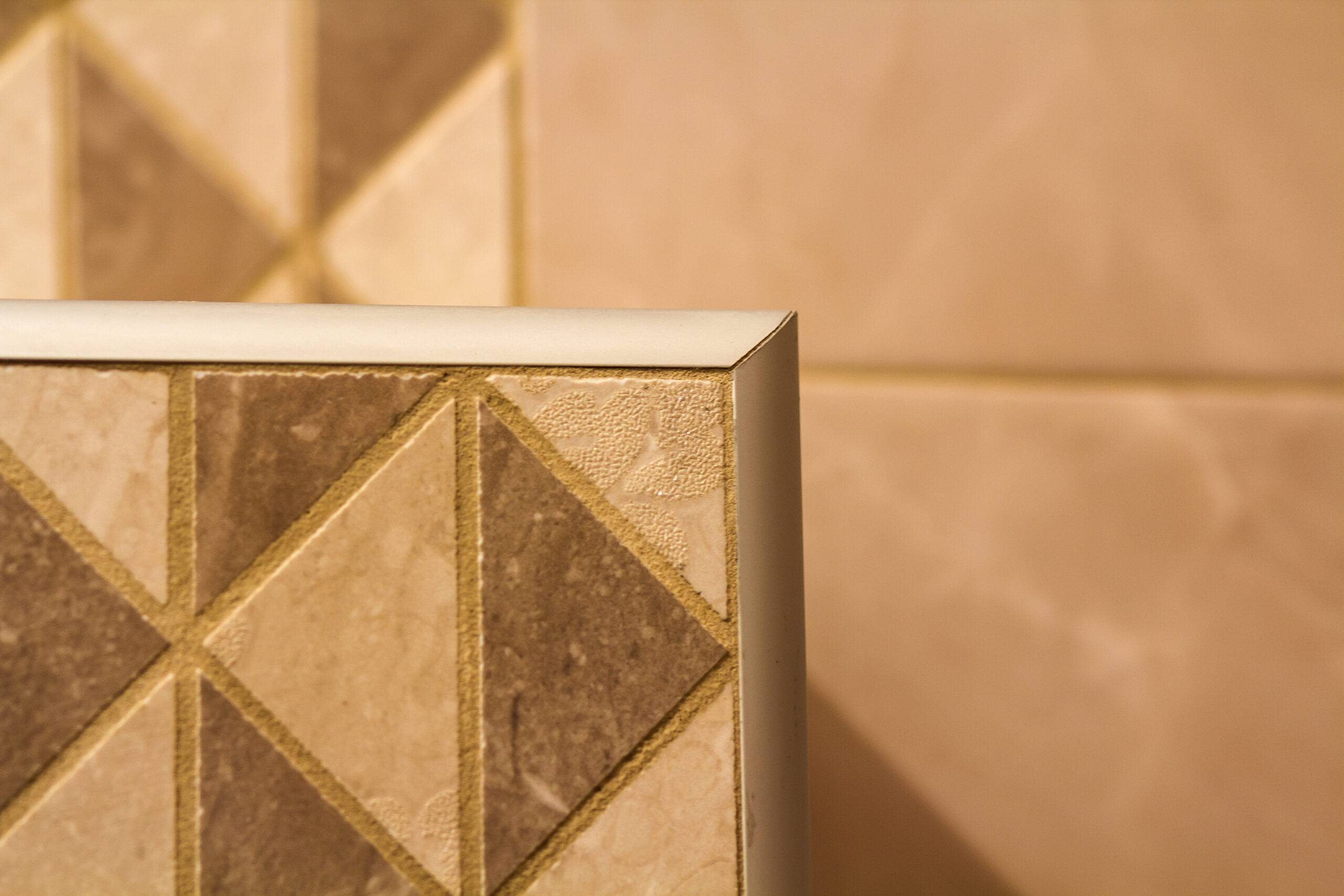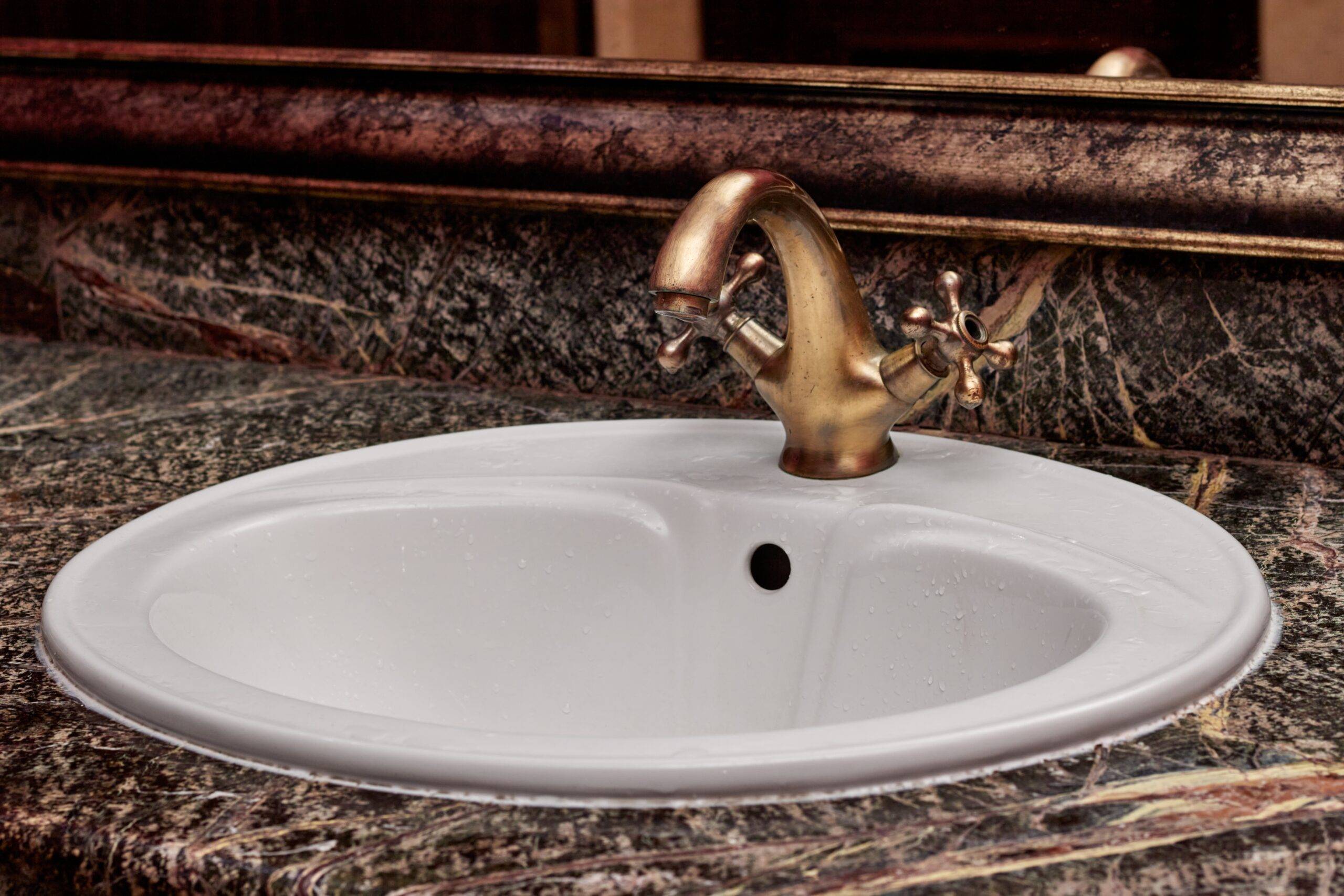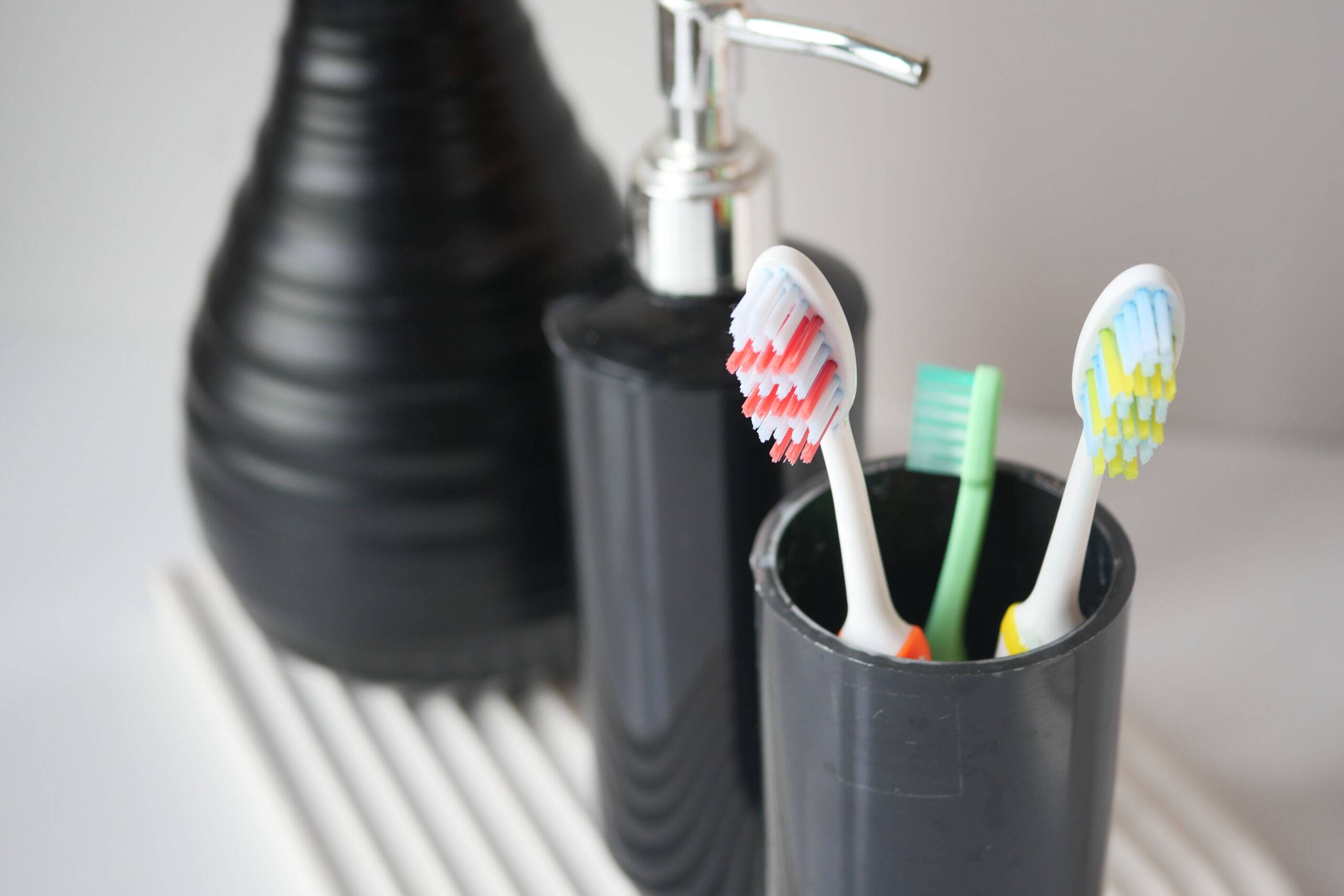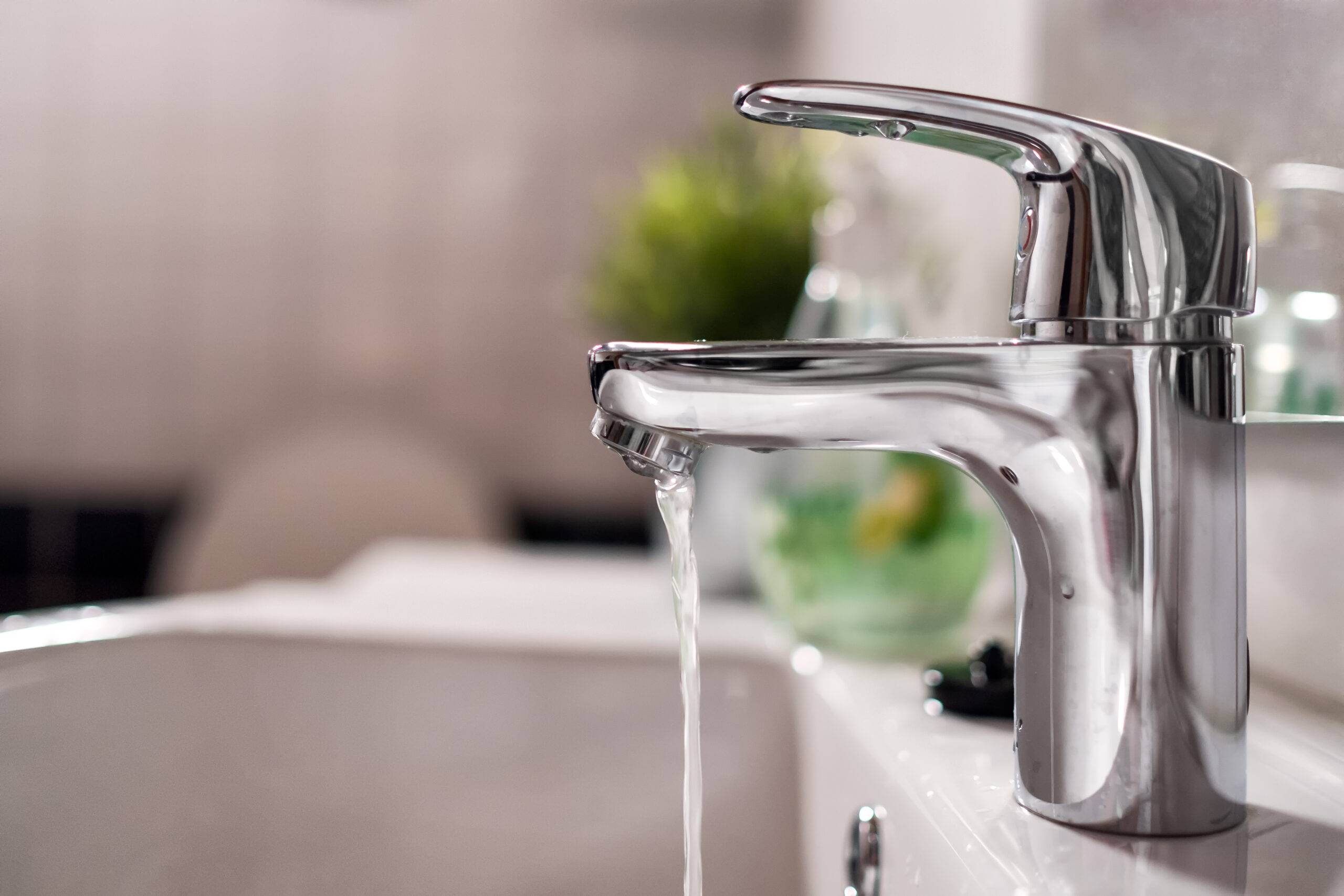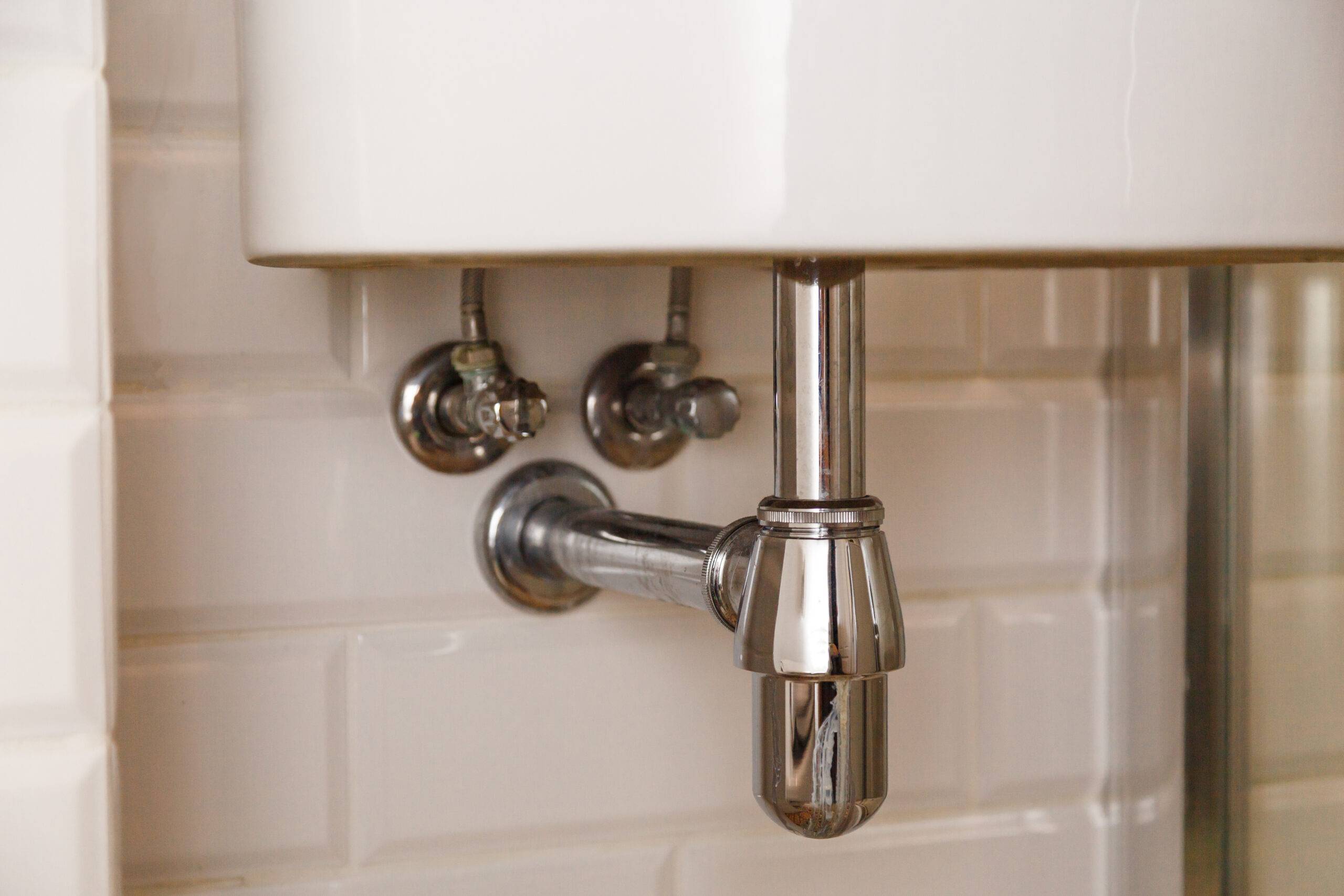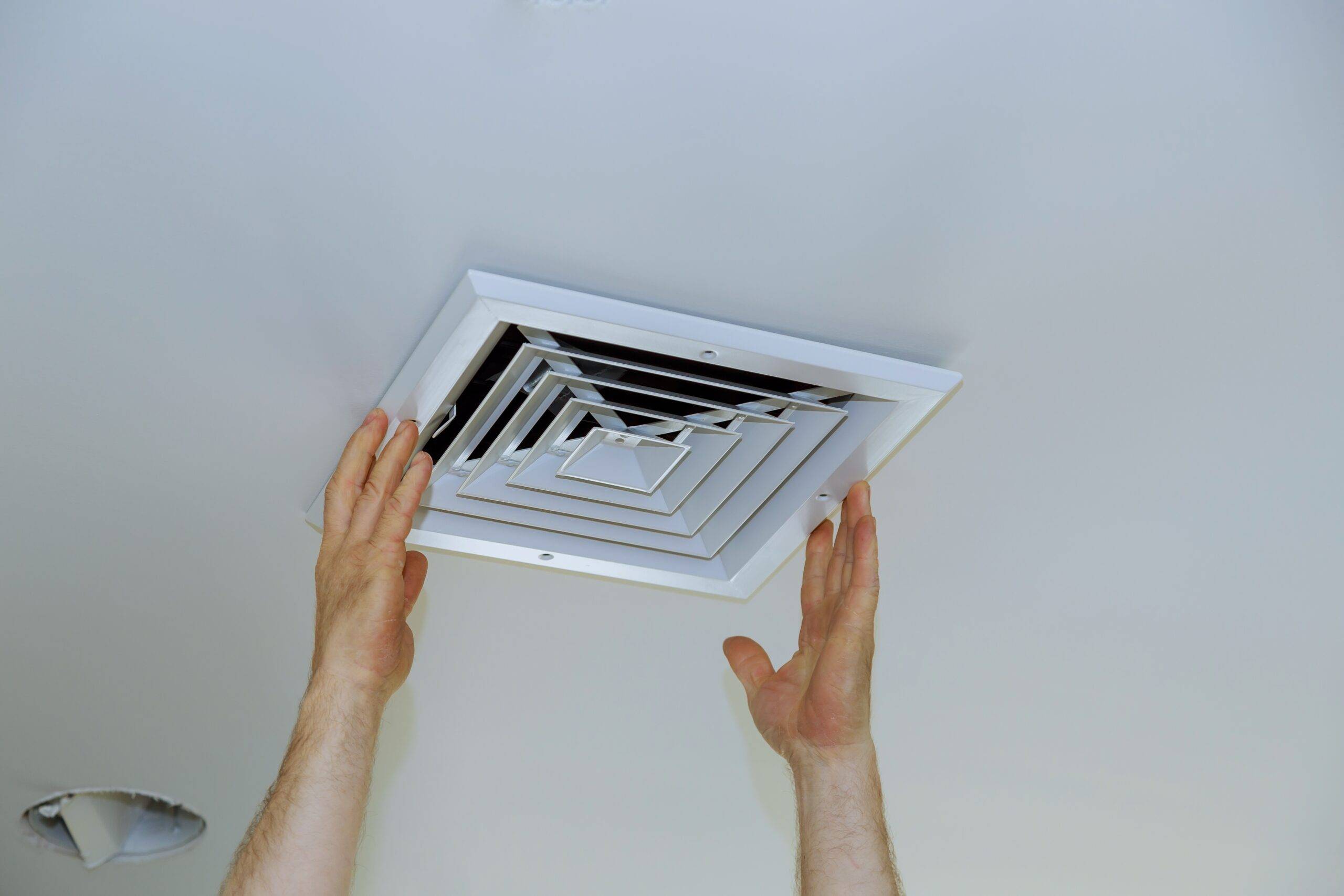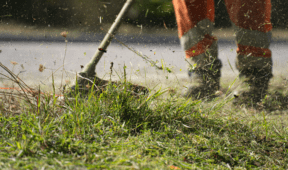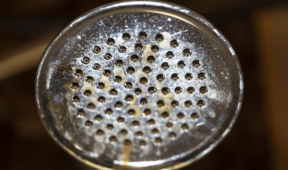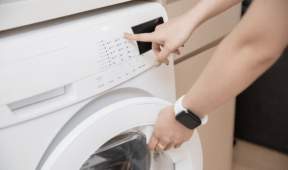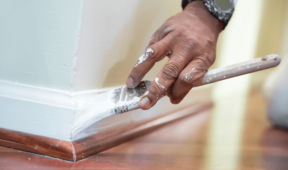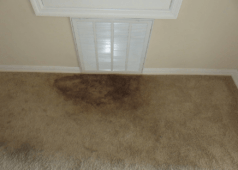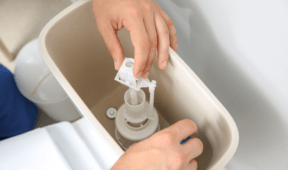The Dirtiest Places In Your Bathroom And How To Clean Them
Bathrooms ride a fine line between clean and dirty. It’s where we clean ourselves, but it can also easily become the dirtiest place in your home. Moisture, warmth, and frequent daily use create the perfect setting for bacteria, grime, and mold to settle in. Even if everything looks clean, that doesn’t mean it is. Here’s a breakdown of the most commonly missed trouble spots in your bathroom and how to tackle each one.
1. Toilet Base and Floor Seal
Most people clean the toilet bowl and seat, but the area around the base is forgotten often. We don’t touch it directly, so we don’t think about it as much, but that’s where splashes build up, and it’s easy for grime to collect along the caulking. Use a stiff-bristled brush and disinfecting cleaner to scrub the area. If the sealant is stained or peeling, it’s worth redoing it. A clean toilet base prevents odors and keeps mold from growing where you can’t easily see.
2. Shower Grout and Tile Corners
Grout and tile edges collect mildew faster than you might think. The texture of grout holds onto soap residue and moisture, which leads to mold. Spraying a mixture of vinegar and baking soda onto the grout and scrubbing with a toothbrush should do the trick. For corners, let the cleaner sit longer before rinsing. If you haven’t sealed your grout in a while, consider touching it up to prevent future buildup.
3. Sink Overflow Hole
This small opening under the faucet rim is there to prevent flooding, but it rarely gets cleaned. Over time, it builds up bacteria, soap film, and musty smells. To clean it, flush it with hot water, then scrub gently with a small brush dipped in bleach or a strong bathroom cleaner. You can also pour a mix of baking soda and vinegar down the hole to break up buildup and freshen it.
4. Toothbrush Holders
Water and toothpaste drips pool at the bottom of these holders, creating the perfect breeding ground for bacteria. If it’s not cleaned regularly, the gunk at the bottom hardens and becomes difficult to remove. Take the holder apart if possible and soak it in hot, soapy water, then use a bottle brush to scrub the inside.
5. Faucet Handles and Light Switches
Hands go straight from the toilet to these surfaces more often than we’d like to admit. Faucet handles and light switches are high-contact areas that don’t always get disinfected when cleaning the rest of the bathroom. Wipe them down semi-often using disinfectant wipes or a microfiber cloth sprayed with cleaner. Make sure to get underneath and around the edges too , be detailed and careful.
6. Behind and Under Bathroom Fixtures
Areas behind the toilet tank, under the sink basin, and along the side of the vanity often go untouched. Dust, hair, and moisture still collect in these areas and can create some serious dirt pockets. Move items out of the way and wipe these areas with a damp cloth and disinfectant. A vacuum with a hose attachment can help pull out any trapped, stubborn dust.
7. Shower Curtain and Liner
Shower curtains and plastic liners are magnets for soap scum and mold. If you’ve ever seen pink or black spots along the bottom, that’s mold settling in. Toss fabric curtains in the washing machine with vinegar and baking soda. Plastic liners can be soaked in the tub with bleach and water, then rinsed and hung to dry.
8. Bathroom Vent Fan
Your fan pulls moisture out of the air, but it also pulls in dust and lint, which cling to the blades and housing. This slows the fan down and spreads dust particles every time you turn it on. Turn off the power, remove the cover, and clean it with a brush and vacuum. Wipe down the blades if accessible. Cleaning the fan helps prevent mold and improves airflow, especially in bathrooms without windows.
Related Articles
- 5 Easy Ways To Unclog Your Bathroom Sink
- This 4-Step Daily Home Reset Will Help Your House Stay Clean
- Is Your Bathroom Vent Fan a Fire Hazard?
The trick to a truly clean bathroom is tackling the small spots before they become big problems. Set a simple routine and work through these areas regularly, not just during deep cleans. You don’t need harsh chemicals or hours of scrubbing, just consistent care and attention.

